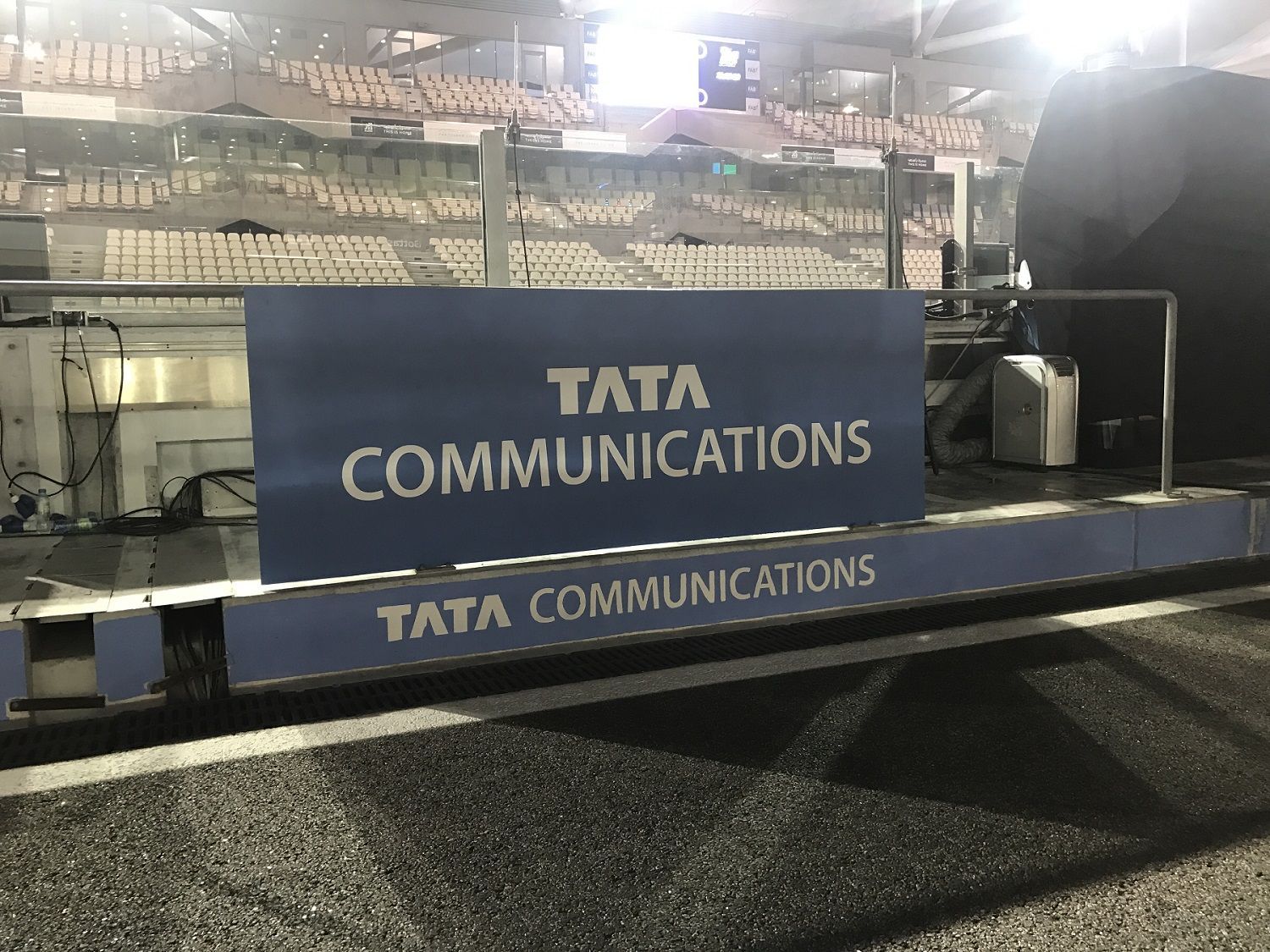Tata Communications’ F1 boss Mehul Kapadia reckons that the F1 fans will pay for TV and digital platforms if the experience is ‘powerful and immersive’.
Many of the F1 fans already pay for TV services all across the world, while certain section especially in Europe is slowly moving towards paywall. One of them will be the fans in the United Kingdom with Sky Sports F1 to be broadcasting exclusively from 2019.
Naturally, the move has been criticised hugely as the fans warn that the numbers will go down drastically in the region which has boasted as one of the biggest consumers of the sport – even though F1 figures doesn’t put it in the Top 3 markets.
While TV goes behind paywall in certain places, Liberty Media decided to launch its own digital OTT service ‘F1 TV’ which is already live in 67 nations to give fans an enhanced experience and toggle through various camera positions at their own choice.
Even though it faced certain challenges in its inaugural year in 2018, it is expected to be better placed in 2019 which is set to broadcast all four days of the first Barcelona F1 test with a total of nine hours of live action from the circuit every day.
At a time when globally, digital advancements is being made in almost every sector, Liberty Media as well as Dorna – the heads of F1 and MotoGP – is enhancing their capabilities along with other forms of motor racing like rally, endurance, etc.
The biggest question mark though remains if the fans will like to pay for the service – whether on TV or a digital platform? Many fans have subscribed to F1 TV or MotoGP’s Video Pass or WRC’s WRC+ but the actual figures remain unknown.
Tata Communications’ F1 head Kapadia – the company who are not only a digital partner of F1 but also MotoGP (Video Pass) and WRC – believes that the fans will be happy to pay if they can provide service which is high class, powerful and immersive.
“Sports broadcasting is no longer just about TV – it’s about how the viewing experience can be augmented for fans, and how fans can be brought the entertainment they crave using different platforms,” said Kapadia to FormulaRapida.net exclusively.
“If the experience – on TV, at venues or on digital platforms – is powerful and immersive, and takes racing to the next level for fans, they will get hungry for more. As their passion for the sport grows, they will be happy to pay to get more such experiences too.
“For example, an app with highly interactive, real-time data analytics could make the most technical aspects of motorsports more accessible for racing newbies, which in turn would help convert casual viewers into die-hard fans.
“And, die-hard fans are more likely to pay for not just access to content on TV or online, but also to see races live and merchandise too. Maximising the opportunities that digital platforms offer means giving fans a range of ways to watch and engage with motorsports and their favourite drivers and riders.
“This could include enhancing the live experience at the racetrack through a new app, making the TV broadcast more immersive through a complementary VR feed, or offering fans a sneak peek behind-the-scenes of a race over Facebook Live. All these platforms complement one another.
“To illustrate, broadcasters are increasingly using social platforms to complement the content on subscription-based/cable TV. Sometimes this could even mean making a highly bankable sporting event, such as the last race of the season, available for free on YouTube.
“It sounds counter-productive, but it can make business sense, attracting more eyeballs and effectively helping to sell next year’s TV or app subscriptions.” The company recently released ‘Show Me The Money’ study which talks about monetising digital content.
Kapadia feels the current time is a crucial one for every sporting body, broadcaster, sponsor and rights holder to decide how they use the digital platforms to their best and strike a balance where they deliver the best product at the best price for the fans.
“There are so many ways for motorsports to make racing even more powerful for fans today, but the critical question is how rights holders, broadcasters and sponsors can maximise the commercial potential of the latest digital innovations while staying true to the essence of racing.
“Digital technologies should be used to augment the motorsports experience for fans, which will benefit the whole motorsports ecosystem. Many sports are focusing their efforts on attracting new, younger audiences – which makes sense because every sport wants to stay relevant and grow its fan base. But it’s not all about age.
“Sometimes sports organisations can place too much emphasis on attracting younger fans, and not enough on catering for the needs of their existing, varied, fan base. Customisation is crucial, taking into consideration the ways in which different demographics consume and interact with sports.
“For example, an app with AR capabilities that gives fans data and insights on drivers’ past performance could help make racing more accessible for new younger audiences – but it could also augment it for existing fans.
“While the perception is that sports need to attract millennial viewers, the more pertinent issue is creating an experience – using different, complementary platforms – that attracts modern consumers of racing, regardless of age, gender or culture.”

